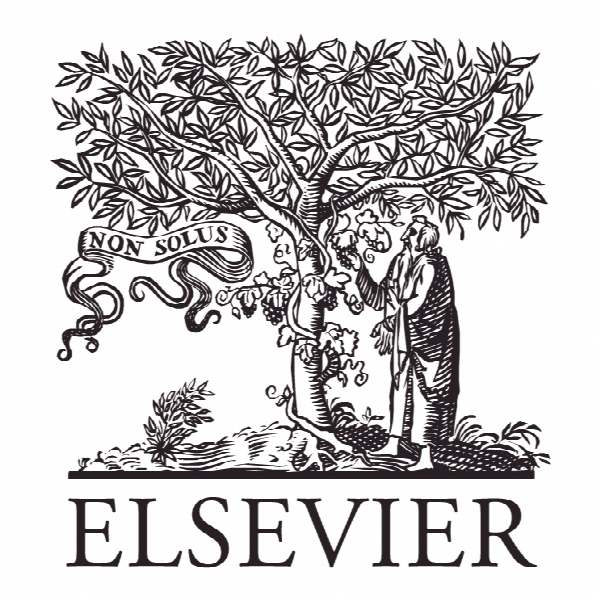پیروزی، از دست دادن یا قرعه کشی؟ سرنوشت اختراعات ثبت شده Win, lose or draw? The fate of patented inventions
- نوع فایل : کتاب
- زبان : انگلیسی
- ناشر : Elsevier
- چاپ و سال / کشور: 2017
توضیحات
رشته های مرتبط مهندسی صنایع
گرایش های مرتبط تکنولوژی صنعتی
مجله سیاست تحقیق – Research Policy
دانشگاه موسسه فناوری جورجیا، ایالات متحده آمریکا
نشریه نشریه الزویر
گرایش های مرتبط تکنولوژی صنعتی
مجله سیاست تحقیق – Research Policy
دانشگاه موسسه فناوری جورجیا، ایالات متحده آمریکا
نشریه نشریه الزویر
Description
1. Introduction Considering the exclusive right to invention as given not of natural right, but for the benefit of society, I know well the difficulty of drawing a line between the things which are worth to the public the embarrassment of an exclusive patent, and those which are not. Patents are designed to promote science and the useful arts by giving the owner exclusive rights over an invention for a limited period of time (see, for example, US Constitution, Art. I, sec. 8). Firms are typically seen to exercise this right by using the technology in their own products and using the patent to enforce market exclusivity, or through licensing to others in exchange for a share of the rents. However, over the last two decades we have seen a growth in patenting and an increasing emphasis on preemptive (sometimes called “strategic”) non-use of patents to build fences around a technology or to prevent others from patenting and suing the focal firm (thereby ensuring freedom to operate, sometimes formalized through cross-licensing). Using patents to enhance strategic advantage in the competitive landscape is not a recent phenomenon (Merges, 1994; Saunders, 2001; Turner, 1998). However, as technology has become more critical for the competitiveness of contemporary firms (Baumol, 2002; Jaffe, 2000) and patent filings have exploded (Kortum and Lerner, 1999; Shapiro, 2001; van Zeebroeck et al., 2008), both managers and management ∗ Corresponding author. E-mail address: jpwalsh@gatech.edu (J.P. Walsh). theorists have begun to re-examine the uses of patents (Blind et al., 2006; Cohen et al., 2000; Giuri et al., 2007; Hall and Ziedonis, 2001; Rivette and Kline, 2000; Sheehan et al., 2004). Some argue that this preemptive (or strategic) non-use is key to a well-founded firm strategy (Ziedonis, 2004), while others argue that such non-use is evidence of a broken patent system (Heller and Eisenberg, 1998; Jaffe and Lerner, 2004; Shapiro, 2001). The law has not responded well to the problem of non-use of patents. Since the 1908 Continental Paper Bag Supreme Court ruling, the non-use or refusal to license patent rights has generally been seen as an allowable exercise of the government-granted patent right (Saunders, 2001).1 US patent law specifically allows for patent non-use. Section 271(d)(4) of the Patent Act states that “No patent owner otherwise entitled to relief for infringement. . . shall be denied relief or deemed guilty of misuse or illegal extension of the patent right by reason of having. . .refused to license or use any rights to the patent.” Thus, non-use of patents is codified in US patent law. However, such preemptive patent non-use has long been controversial. As Justice Douglas wrote in dissent in Special Equipment Co. v. Coe (1945): “One patent is used merely to protect another. . .. Itis difficultto see how that use of patents can be reconciled with the purpose of the Constitution ‘to promote the progress of science and the useful arts’.”


